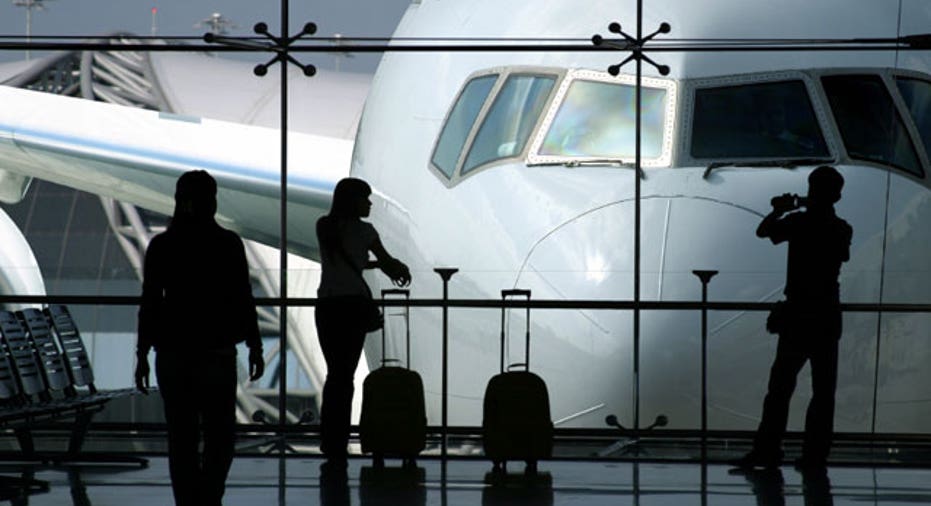How You Can Get the Most Out of Airline Loyalty Programs

Two of the three foremost legacy airline carriers, United and Delta, have made major changes to their frequent flyer programs in 2015, and American Airlines is expected to follow suit with a similar program in the future. The airlines are switching the basis of mileage points earned away from actual mileage and toward the fare price. In essence, discounted tickets receive fewer miles and those with a higher membership status will earn more points.
Both Delta’s and United’s programs set mileage rates that are tiered based on status, ranging from five miles per dollar spent for standard membership up to eleven miles per dollar for the highest status. So far, American Airlines is using the carrot instead of the stick — they are rewarding those who buy higher priced fares with extra miles.
What about Southwest? It already uses the fare-based format for earning frequent-flyer miles, with the Business Select fares earning twelve points per dollar and the “Wanna Get Away?” fare earning six miles per dollar on the lower end.
A study by PricewaterhouseCoopers concluded that a switch to dollars instead of miles traveled will cause a relatively even upheaval among passengers — 45% of passengers are likely to lose out on points, 40% would increase their points, and 15% would see no difference. However, it stands to reason that those who benefit most are business travelers who are often stuck with the higher fees by having to travel on short notice, while the casual traveler finds it harder to rack up miles.
So to make the most out of your frequent-flyer programs, you have to spend more money on your fares and fly more often to attain higher status. Simple, isn’t it?
Fortunately, there are a few other steps that you can take to get more out of your mileage programs.
Use Aligned Credit Cards – Most frequent-flyer programs have associations with credit cards that reward you with frequent-flyer miles for purchases that you make with the card. Signup bonus points are frequently available. However, do not just sign up for a card to gain frequent-flyer miles — make sure the card fits your collective needs, and that you do enough business with the aligned carrier to make it worthwhile.
Check for Partnerships – For international travel, frequent-flyer miles may be transferrable through partner airlines. Partnerships with other entities like rental car companies and hotels can earn extra points, either outright or through the use of specific credit cards.
Assess Carrier Options – If you fly less frequently and often on the same routes, it may make sense for you to stick with one carrier to rack up the most points possible on the limited amount of travel that you do take. Conversely, if you fly all the time and to many different destinations, you should take advantage of all the frequent-flyer programs available. Think of it as diversification of your frequent-flyer resources.
Sign Up All Family Members – For family trips, make sure all family members that qualify are enrolled in the frequent-flyer program. Otherwise, you are giving away potential miles.
Despite all the changes, you can still take steps to make the most of your frequent-flyer miles. Remember, it is also important to understand all the restrictions, blackouts, and other quirks of redeeming your miles. Look over the redemption rules and check online reviews of the service. No frequent-flyer program is worth it if the redemption policy does not fit your needs and goals.
More from MoneyTips.com:
What to Do If You Are Bumped From a FlightAre Airline Stocks Flying at an Unsafe Altitude?Will Airfares Fall along with Oil Prices?



















